
As of February 27, 2023, the Turkey-Syria earthquakes, which struck Southern Turkey near the Syrian border on February 6, 2023, have directly affected 9.1 million people. As with all natural disasters, marginalized communities face the harshest impacts. The impact of the Turkey-Syria earthquakes on women and girls is detrimental, with ActionAid reporting that the situation has become “increasingly alarming” for women and girls in the aftermath of the 7.8 and 7.5 magnitude earthquakes.
Increased Vulnerability of Women and Girls
The United Nations Development Programme reports that in the event of a natural disaster, “women and children are 14 times more likely than men to die.” Pre-existing structural gender inequalities often make females more vulnerable when a disaster strikes, putting them at a far greater disadvantage than their male counterparts. Women and girls across the globe already face greater challenges when accessing health care. Additionally, females often take on primary caregiving responsibilities, which leave them unable to easily evacuate disaster zones, and are at greater risk of abuse and violence in situations of crisis.
Before the Turkey-Syria earthquakes struck, women and girls in the affected regions already lived in vulnerable circumstances. With countless women and girls internally displaced by the conflict in Syria and others living as refugees in Turkey, female victims of the disaster already struggled with crises brought on by 12 years of war. The impact of the Turkey-Syria earthquakes on women and girls has only increased the uncertainty already felt by many, pushing females further into hardship and poverty.
The Aftermath of the Turkey-Syria Earthquakes
The well-being of women and girls from low-income backgrounds in the aftermath of the Turkey-Syria earthquakes is of particular concern. The earthquakes, which have claimed the lives of more than 46,000 as of February 19, have left an unprecedented number of women homeless and without families to support them. Many displaced women and girls are at risk of sexual exploitation and child marriages as they struggle for survival.
Pregnant women are also particularly vulnerable, with the United Nations Population Fund stating that 356,000 pregnant women in earthquake-torn regions of Turkey and Syria need urgent help. The widespread destruction caused by the disaster has rendered more than 15 hospitals inoperative, according to the Turkish Ministry of Health, leaving pregnant women unable to access urgent medical services.
The U.K. has acknowledged the need for women and girls to receive particular support as Turkey and Syria grapple with the effects of the earthquakes. In a press release on February 15, 2023, the U.K. announced a £25 million ($30.2 million) additional aid package for the affected regions, with a “particular focus on protecting women and girls.” The U.K. included provisions to reduce the risk of gender-based violence within displaced communities along with medical support to aid in childbirth and midwifery.
Work of NGOs
Non-governmental organizations (NGOs) are stepping up to provide for women’s needs amid growing concerns about inadequate support for females who are menstruating, pregnant or breastfeeding. Vanessa Zammar, co-founder and project coordinator of Jeyetna, a Lebanese NGO dedicated to tackling period poverty, explained to Al Arabiya English that “gender-blind responses to emergencies and policymaking in general overlook menstruation because it is still considered something to be dealt with by women on an individual level in private.”
In response to the crisis, NGOs across the globe, such as the International Rescue Committee (IRC), are asking people to donate supplies to help vulnerable people impacted by the disaster, especially women and girls. The IRC is also providing “dignity kits” to those in need of feminine hygiene products and has set up a number of safe spaces to help women and children that the earthquakes affected.
The impact of the Turkey-Syria earthquakes on women and girls is devastating. While nations and NGOs have already taken some measures to ensure that women and girls receive protection and support, it is of utmost importance that they remain at the forefront of recovery efforts and humanitarian endeavors.
– Priya Thakkar
Photo: Flickr

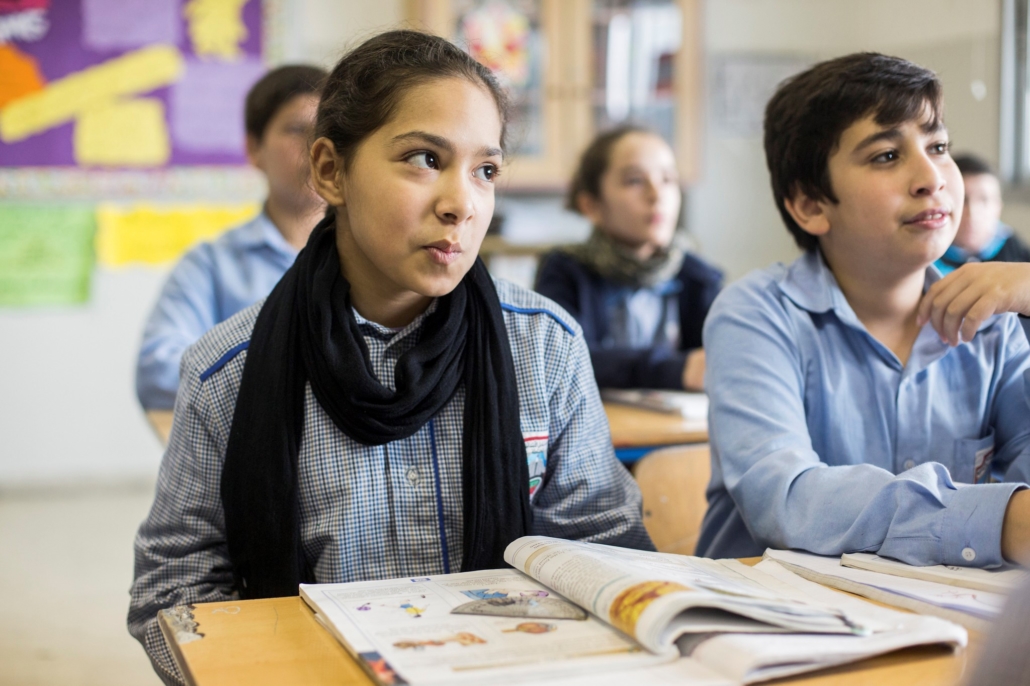
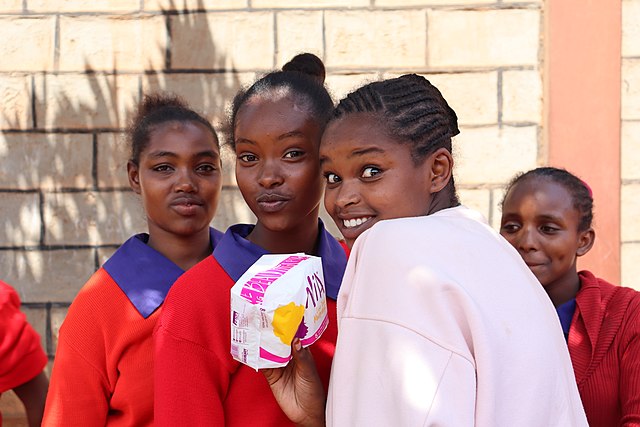 Period poverty in Kenya, or poor access to menstrual hygiene facilities, products and education, marginalizes women. In the year 2016, “a report funded by the Bill and Melinda Gates Foundation” noted that about
Period poverty in Kenya, or poor access to menstrual hygiene facilities, products and education, marginalizes women. In the year 2016, “a report funded by the Bill and Melinda Gates Foundation” noted that about 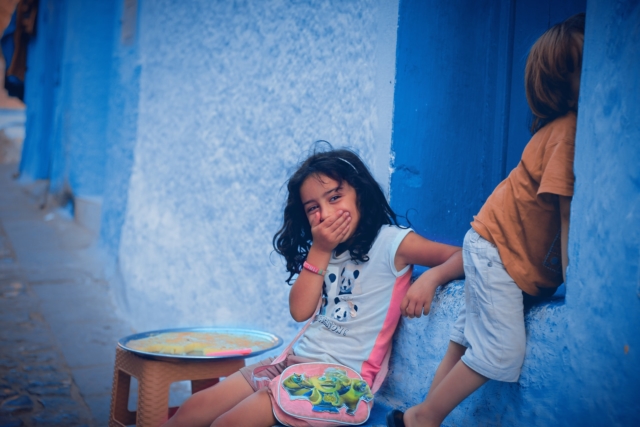 Child marriage in Morocco is still widely prevalent in 2021, though there are efforts to expand girls’ rights and empower women. A worldwide issue, child marriage is an issue Morocco has long struggled with because of various legal frameworks. But, there is hope for the country’s girls as activists and groups work to reform laws and curb child marriage in Morocco.
Child marriage in Morocco is still widely prevalent in 2021, though there are efforts to expand girls’ rights and empower women. A worldwide issue, child marriage is an issue Morocco has long struggled with because of various legal frameworks. But, there is hope for the country’s girls as activists and groups work to reform laws and curb child marriage in Morocco.
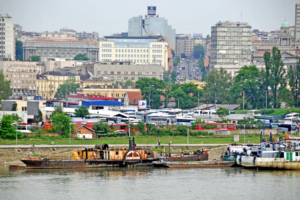
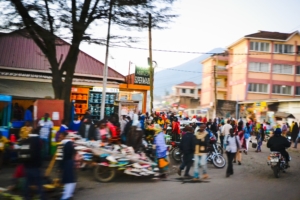 Ghana is a country with
Ghana is a country with 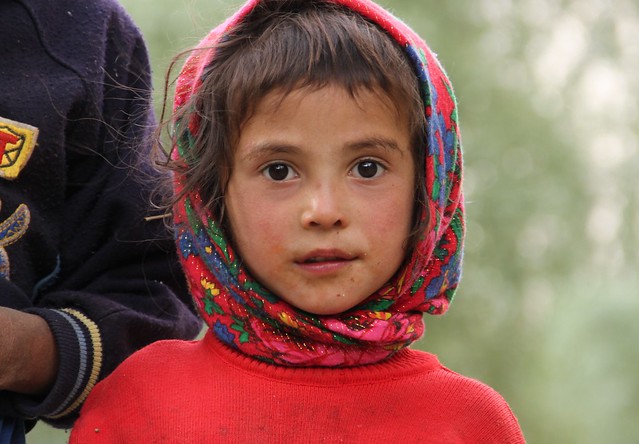 The Republic of Tajikistan is a country located in Central Asia. In 1991, when
The Republic of Tajikistan is a country located in Central Asia. In 1991, when 